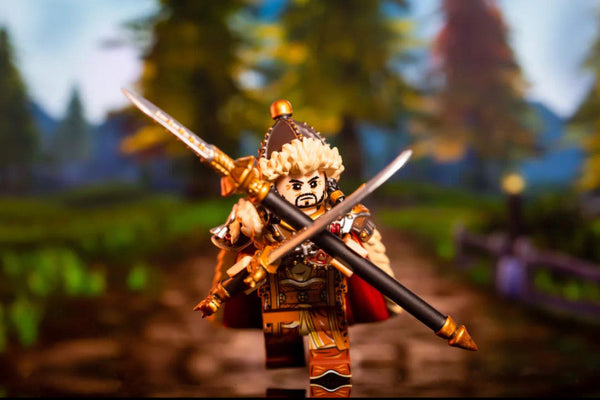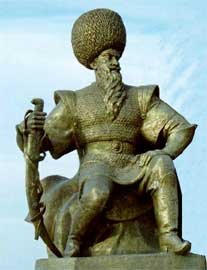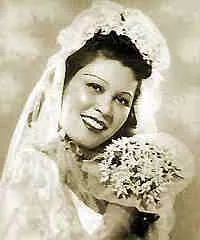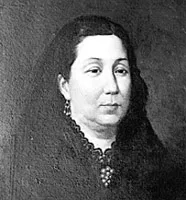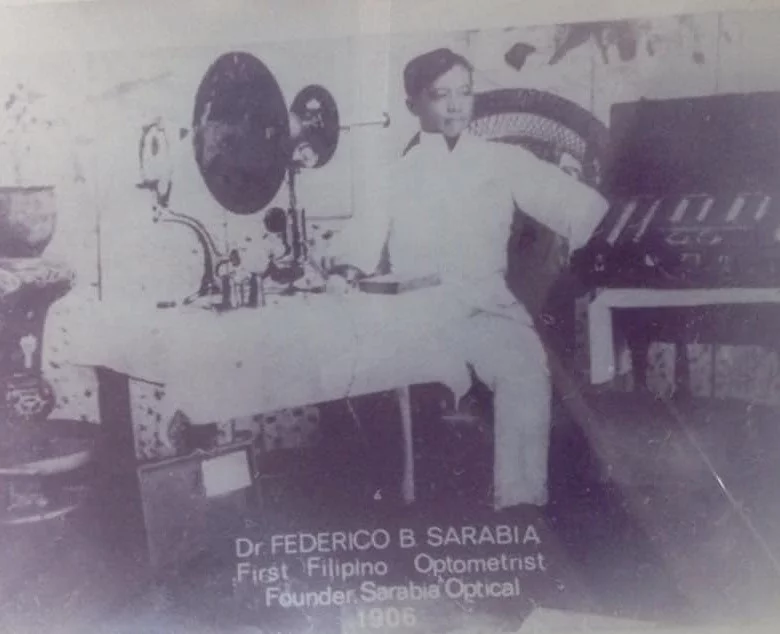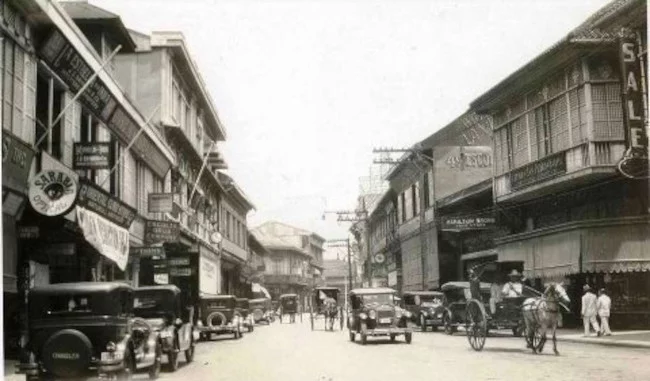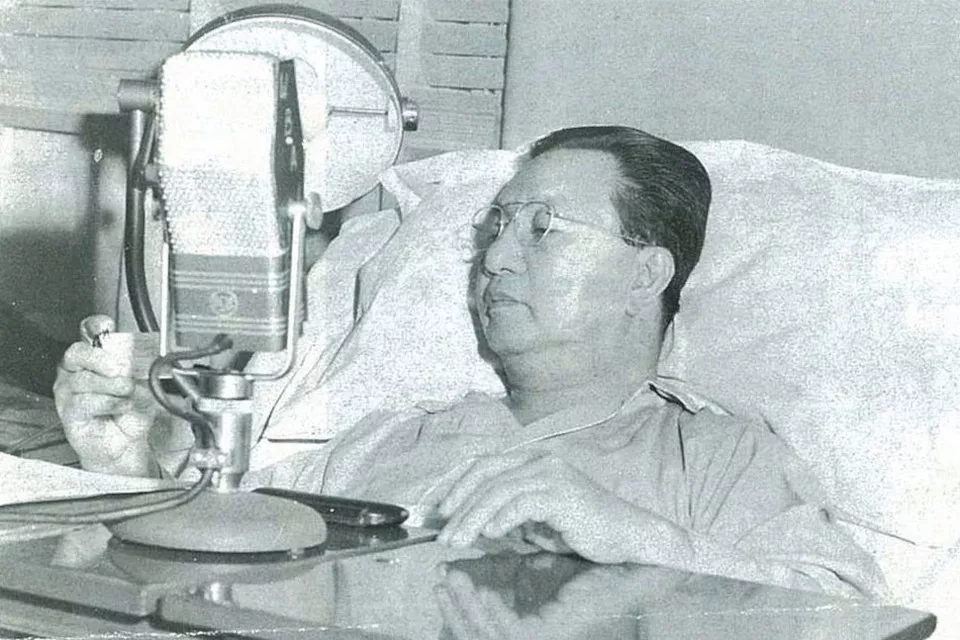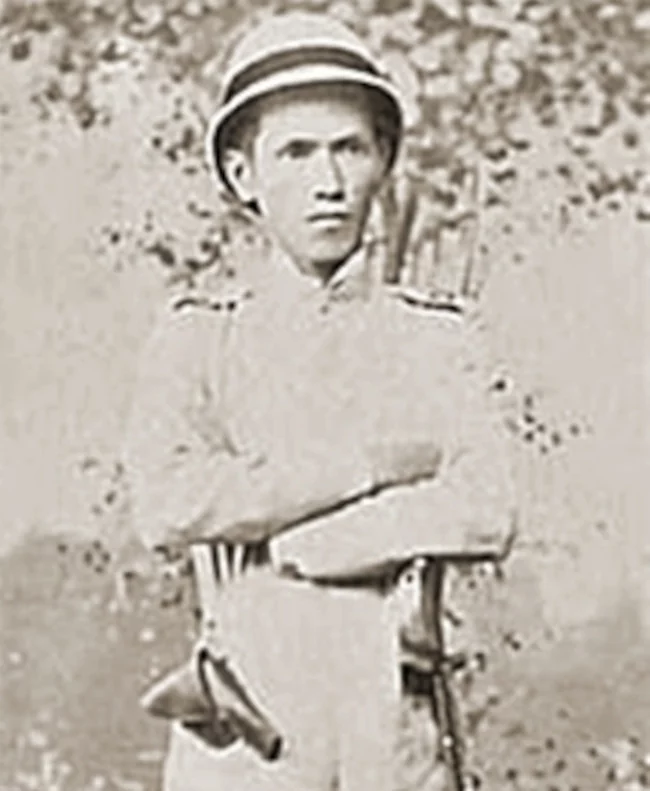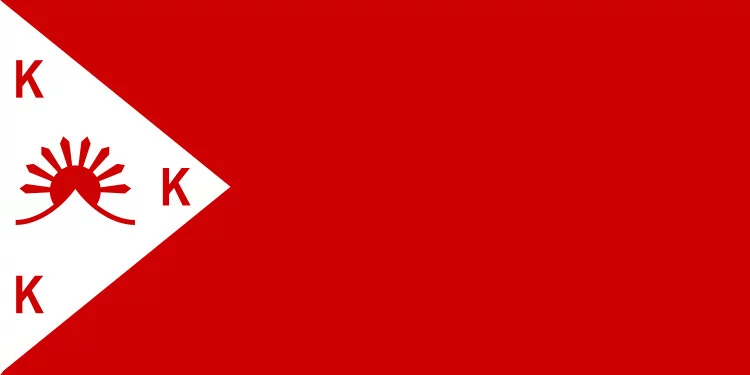The Battle on Lake Peipus (Battle on the Ice) took place
On April 5, 1242 (April 12, according to the proleptic Gregorian calendar) on Lake Peipus near the Crow Stone, the battle between the Russian force led by Alexander Nevsky and Teutonic Knights took place . The battle went down in history under the name of ‘Battle of the Ice’.
After the defeat in Nevsky battle of 1240 the Swedes did not oppose to Russia any more but the German knights sought to approach the borders of Novgorod and Pskov lands. In 1240 were seized the fortresses of Izborsk and Pskov. Feeling a new danger, the people of Novgorod, led by Prince Alexander Nevsky rose against the enemy. In March of 1242 Pskov was liberated. After that the Russian force moved toward Izborsk. Meanwhile due to reconnaissance the Russians found out that the enemy sent small troops to Izborsk while the main force were directed to the Lake Peipus.
According to military historians about 10-12 thousand knights gathered on the Lake’s ice. Alexander Nevsky had 15 to17 thousand soldiers. The majority of the latter were infantrymen who yielded seriously to knights in armament and battle training.
At dawn of April 5 (12) the crusaders formed up their army in a triangle the sharp angle of which was turned toward the enemy. Alexander Nevsky placed the main force not in the center which was usual for the Russian troops but at flanks. In front of the Russian army was an advanced detachment of light cavalry, archers and slingers. The rear of the Russian battle formation was turned toward the precipitous eastern shore of the lake. Prince’s major cavalry lied in ambush behind the left flank.
As the forces approached one another, the Russian archers shot a shower of arrows at the knights but the armored knights managed to rumple the first regiment. Having cut the advanced troops the knights found themselves in front of the precipitous shore of the lake and could not develop their success. The Russian troops attacked the enemy triangle from right and left. The selected soldiers of Alexander Nevsky (his druzhina) attacked the enemy’s rear. The battle lasted till the late night. When the knights wavered and ran, the Russians chased them in the direction of the today’s cape of Sigovets. Thin coastal ice started to collapse under the horses and heavy armored crusaders.
As a result of the Battle on Lake Peipus the Germans and Novgorod concluded a treaty according to which the crusaders were obliged to leave all the seized Russian lands.
In the history of fighting against the German invaders the Battle of Ice is an important date. Though the Germans did not stop their campaigns to Russia they could no more make a serious damage to the Russian lands.
On April 18, the Day of Military Glory of Russia is celebrated — the Day of the Victory of the Russian soldiers of Prince Alexander Nevsky over the German knights on Lake Peipus (Battle on the Ice, 1242).
Lit.: Бегунов Ю. К., Клейненберг И. Э., Шаскольский И. П. Письменные источники о Ледовом побоище //Ледовое побоище 1242, М; Л., 1966; Данилевский И. Ледовое побоище: смена образа // Отечественные записки. № 5 (20) 2004; Зверев Ю. Ледовое побоище происходило: на суше // Техника и оружие. 1995. № 1. С. 20-22; Кирпичников А. Н. Ледовое побоище 1242 г.: Новое осмысление // Вопросы истории. 1994. № 5. С. 162-166; Новгородская первая летопись старшего и младшего изводов. М; Л., 1950. С. 72-85; Трусман Ю. И. О месте Ледового побоища в 1242 г. // Журнал Министерства Народного просвещения. 1884. № 1. С. 44-46.
Based on the Presidential Library’s materials:

